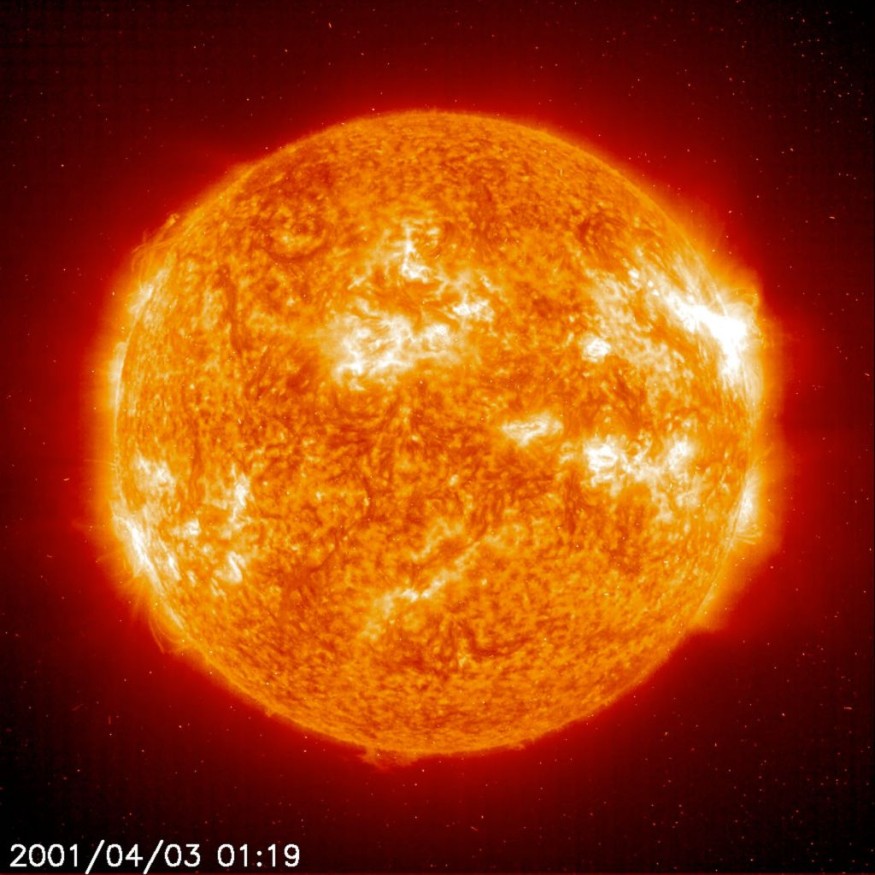
NASA, NOAA and the International Solar Cycle Prediction Panel have confirmed that the sun has reached its solar maximum phase, occurring slightly earlier than predicted in its 11-year cycle.
Solar maximum refers to the period of peak solar activity when the sun produces more sunspots, solar flares and coronal mass ejections (CMEs), which can significantly impact Earth's environment.
Solar Maximum Confirmed
This exciting development opens up new opportunities for scientific research, as space agencies now have the tools to study the sun's behavior more closely than ever before.
According to IFLScience, advancements in solar probes and telescopes have allowed scientists to monitor and analyze the sun in unprecedented detail. Two spacecraft, NASA's Parker Solar Probe and the European Space Agency's (ESA) Solar Orbiter, are leading the charge in solar observation.
While Parker's mission is to get as close as possible to the sun, traveling within 6.9 million kilometers of its surface, Solar Orbiter remains at a farther distance but captures high-resolution images of solar activity.
Dr. Nour Rawafi, project scientist for the Parker Solar Probe, shared that before Parker, scientists could only observe the sun from a distance. The probe's mission has already provided key data on solar flares and CMEs, which are critical for understanding space weather events.
Heightened Solar Activity Poses Threats to Technology
The sun's solar cycle alternates between periods of high and low magnetic activity, leading to the reversal of its magnetic poles. During solar maximum, heightened solar activity can have significant effects on Earth, according to News Nation.
Solar flares and CMEs, which occur more frequently during this period, can disrupt satellite communications, GPS systems, and even power grids on Earth. In 1859, the Carrington Event, a massive geomagnetic storm caused by solar activity, knocked out telegraph systems worldwide and led to widespread confusion.
Today, such an event could be far more disruptive given our reliance on technology. Scientists are closely monitoring the sun's activity to predict potential space weather impacts.
One of the more visible effects of solar activity is the appearance of auroras, or northern lights, caused by the interaction between solar particles and Earth's magnetic field. In May, observers were treated to a rare display of the aurora borealis as far south as North Carolina, thanks to an intense geomagnetic storm.
© 2025 NatureWorldNews.com All rights reserved. Do not reproduce without permission.





